McDonald’s has an app. Starbucks has an app. This startup now lets every F&B have one too.

Cata’s white label app helps quick service restaurants create their own customer-facing app, and backend solution Rising costs. High delivery commissions. The constant struggle to acquire and retain customers. These are pain points every F&B operator in Singapore knows all too well. Even Flash Coffee, once a rising grab-and-go coffee chain in the region, wasn’t […]
Bean-free coffee sounds absurd, but they’ve raised US$4.2M and are eyeing global expansion

Prefer secures US$4.2million in oversubscribed pre-series A funding round, eyes oversees expansions Coffee without coffee beans? It sounds like a ridiculous idea at first, but Jake Berber and Ding Jie Tan, founders of Prefer, managed to make it a reality. Just this Aug, the duo announced they had successfully raised US$4.2 million in an oversubscribed […]
From Pokemon to One Piece: This S’pore app is Asia’s 1st all-in-one trading card marketplace for collectors & players
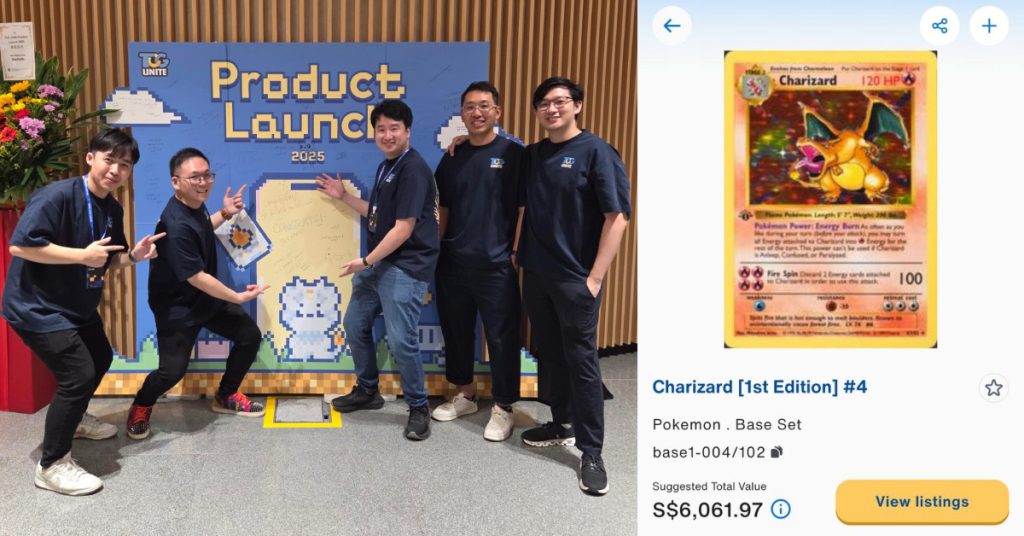
TCG Unite is the new trading card game marketplace for collectors in Asia For many, Pokémon cards were once a childhood pastime, traded in schoolyards, battled with friends, or simply hoarded in plastic binders. But today, these cards have made a massive comeback, not just as nostalgic collectibles, but as highly sought-after assets in a […]
Malaysia’s flagship innovation summit returns this October 7 & 8, here’s why you should join

[This is a sponsored article with MRANTI.] Malaysia is making big moves in 2025. This year, we made a bold US$250 million investment to acquire advanced semiconductor chip design blueprints from UK-based firm Arm Holdings and move upwards the semiconductor value chain. Similarly, Tenaga Nasional also committed RM43 billion to upgrade the national grid infrastructure […]
M’sian health expert explains why depression is more than “just sadness” & what could help

[Written in partnership with RENN Asia Wellness, but the editorial team had full control over the content.] When we think about depression, our minds often jump to therapy, medication, or lifestyle changes like exercise. These are all important factors to consider in a holistic approach to mental health, but according to Jonathan Chew, the founder […]
S’pore startup bags US$1M in seed funding after winning ‘Nobel Prize for students’
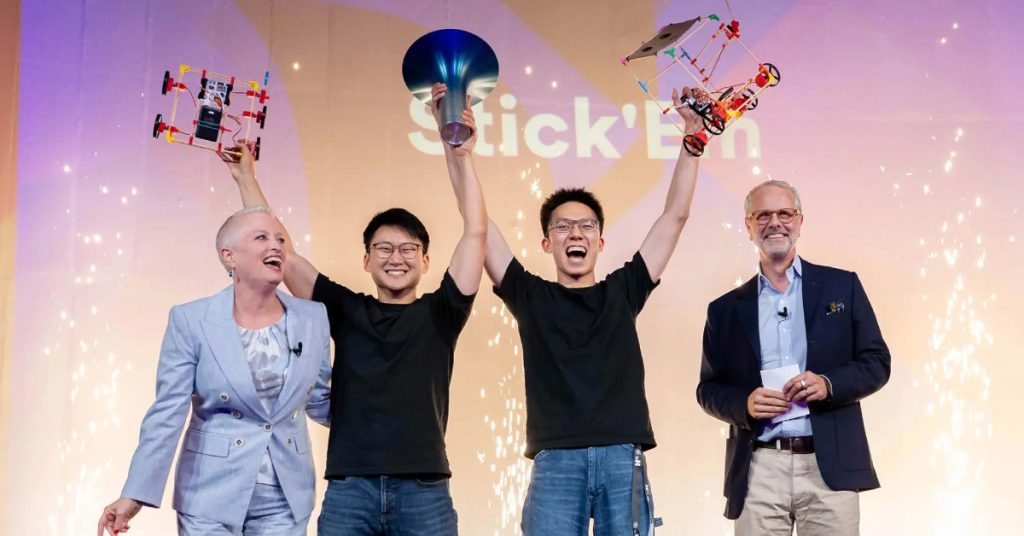
Stick ‘Em makes self-discovery kits for kids to learn STEAM A Singapore startup was crowned winner of the 2025 Hult Prize last Friday (Sep 5), securing US$1 million (S$1.28 million) in seed funding. Stick ‘Em, an education technology company founded in 2021, was co-created by Singapore University of Technology and Design (SUTD) alumnus Adam Huh […]
3 pitfalls that sink restaurants in Singapore—from a 20-year F&B veteran who beat the odds
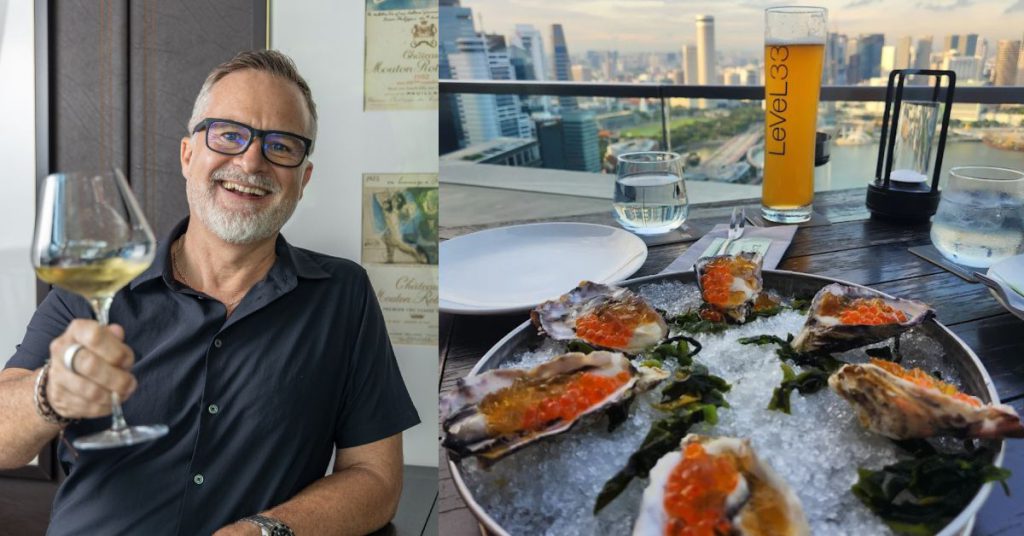
Singapore witnessed a 20-year record high of F&B closures in 2024, with over 3,000 businesses closing down. By Aug 2025, more than 1,700 establishments followed suit, with The Prive Group being the latest high-profile casualty of the cutthroat industry. Yet, amid this churn, a handful of concepts continue to hold their ground. Behind some of […]
From family hustle to regional rice empire, meet SongHe, S’pore’s rice brand feeding Asia

Rice may be a staple in almost every Asian household, but not every brand manages to stay relevant for 35 years. One that has is SongHe, a long-standing, homegrown rice brand founded in 1990 by Tong Seng Produce. It has grown from humble origins as a small distributor to one of the region’s go-to rice […]
Amid a cautious hiring climate, these are the high-demand sectors in Singapore for Q4 2025

Transport, logistics, and the automotive sector are the most likely to hire for the rest of 2025 Jobseekers in Singapore eyeing opportunities in transport, logistics, and the automotive sector can expect the strongest employment prospects in Q4 2025. This comes despite global trade uncertainty cooling the overall hiring sentiment, according to ManpowerGroup’s latest quarterly report. […]
Five tufting studios closed. WeTuft bought their yarn and kept going.

Once a popular activity among hobbyists, creatives and even everyday Singaporeans, tufting has seen its initial hype taper off in drastic fashion. The craft—which involves creating plush rugs with handheld tufting guns—took off internationally around 2018, largely thanks to TikTok, but only landed in Singapore in late 2021. Since then, studios have popped up everywhere, […]
He charges portable batteries with free solar power, rents them out—and makes millions a year
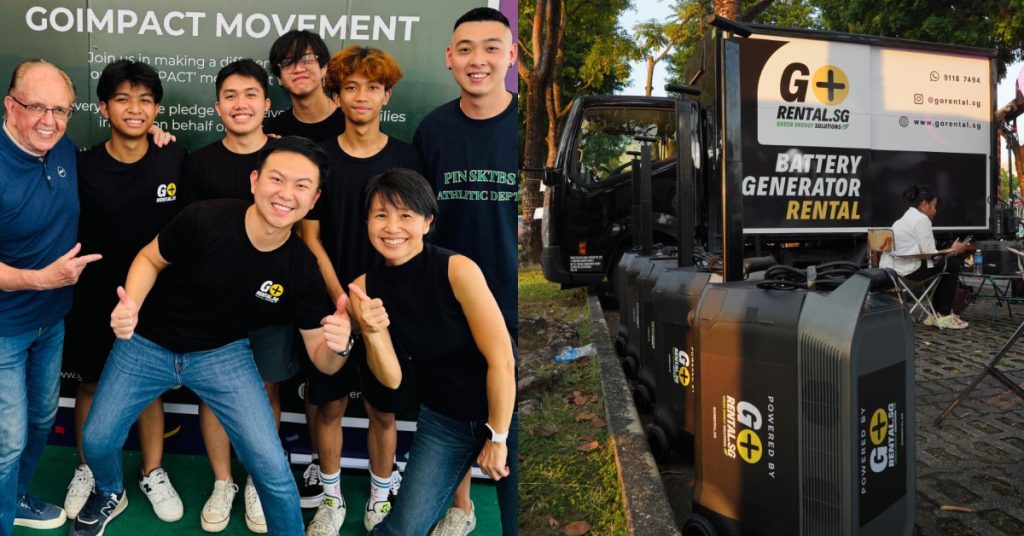
When Singapore’s National Day Parade lights up the Marina Bay skyline, or the World Christmas Market and Singapore River Festival transform the city with dazzling displays, few think about what goes on behind the scenes. From light displays to sound systems, video screens, and interactive exhibits, every detail demands reliable, high-capacity power. Powering these events […]
Tray tables up, cameras out: SIA’s new safety video is pure SG pride

SIA’s new inflight safety video demonstrates Singapore’s rich cultural identity Singapore Airlines (SIA) and the Singapore Tourism Board (STB) have jointly launched a new in-flight safety video featuring crew members taking you on a trip around the garden city on SIA’s social media pages on Thursday (Sept 4). This comes eight years after the previous […]
Screw the 9-to-5: Meet the 25-year-olds choosing spanners over spreadsheets
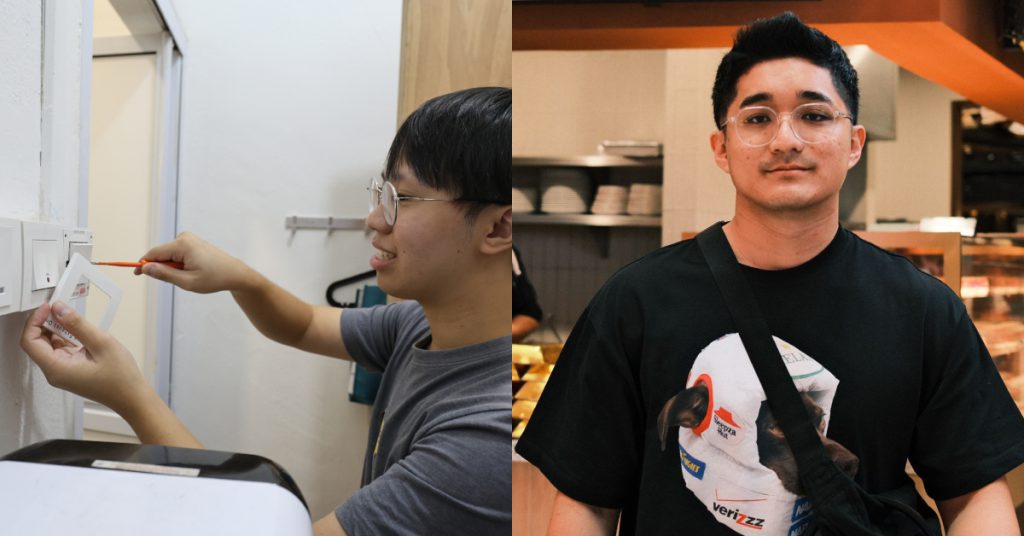
In recent years, tech giants and established firms have laid off workers amid a slowing global economy. Hiring freezes and stagnant wages have further dampened prospects, leading many young people to reconsider the conventional corporate path. Some are now turning to blue-collar industries, once dismissed as backup options, for stability, fulfilment, and growth. Vulcan Post […]
S’pore’s 50 richest are all billionaires; see collective wealth soar 23%
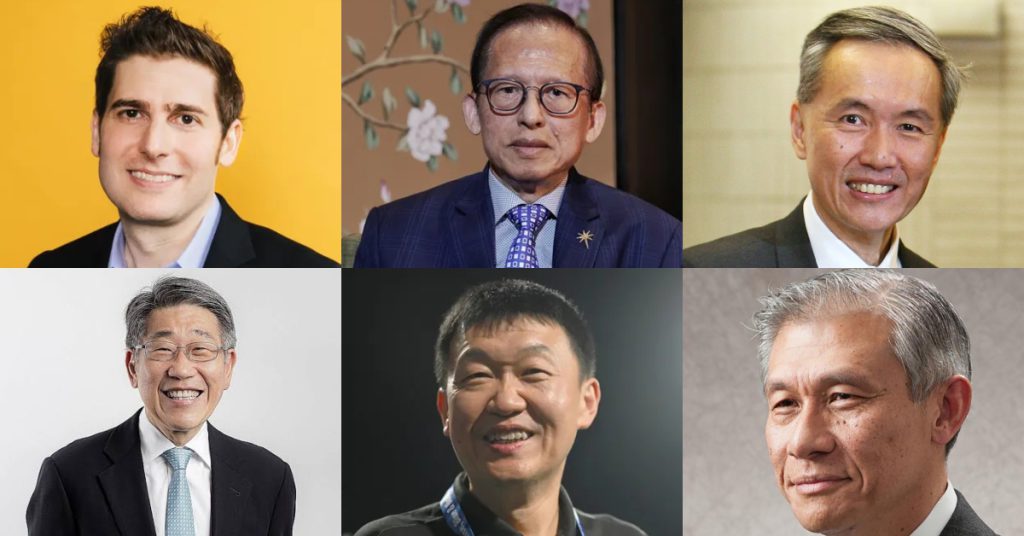
Forbes just released its 2025 list of Singapore’s 50 Richest on Thursday (Sept 4), and it’s a sign that the rich are getting richer. The tiny city-state’s wealthiest saw their collective wealth soar by over 23% to US$239 billion (S$308.01 billion) from US$195 billion in 2024. Forbes attributed the Republic’s better-than-expected economic growth of 4.3% […]
Singapore’s newest ride-hailing app is unfortunately dead on arrival

Geolah, Singapore’s newest ride-hailing app, has big shoes to fill. Back in 2023, when the app was still in its beta phase, we discovered that GeoRide consistently offered the lowest fares during peak hours, living up to its claim of being “Singapore’s most affordable ride-hailing service platform”. In practice, though, actually getting a ride on […]
Bus-sharing startup RushOwl raises US$10M in Series A funding to fuel Asia expansion & B2B growth

RushOwl will use the funds to expand into more Asia markets Singaporean bus-sharing platform RushOwl announced yesterday (Sep 3) that it has secured US$10 million in a Series A funding round, aiming to spur greater growth in its B2B operations and accelerate its expansion into Asia. First launched in 2018, RushOwl initially provided on-demand shuttle […]
This semiconductor park is at the heart of Malaysia’s push for local chip innovation
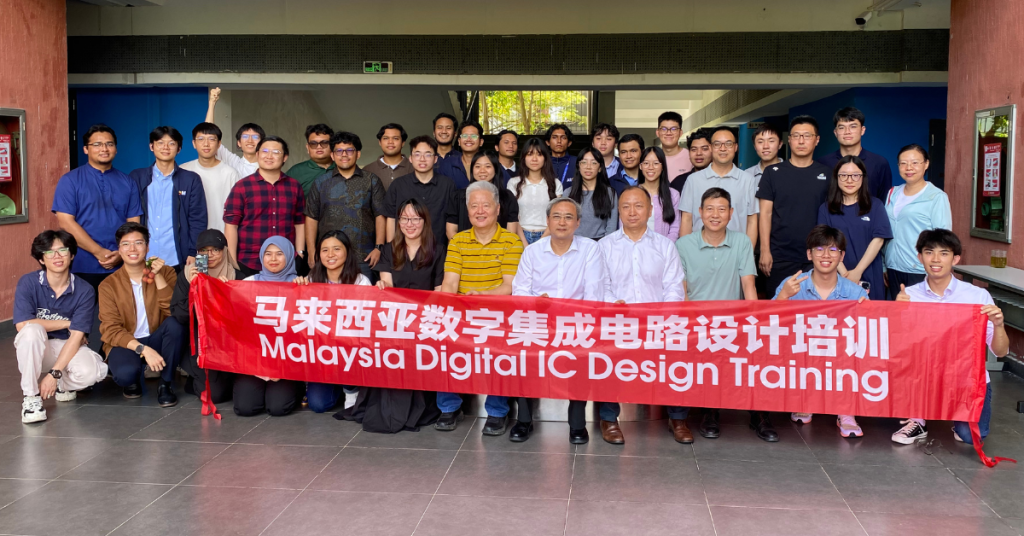
[This is a sponsored article written in collaboration with Selangor Information Technology & Digital Economy Corporation (Sidec).] You might’ve known Malaysia as a BTS member in the semiconductor world. No, not the boyband, but a behind-the-scenes player that ships millions of chips by assembling, testing, and packaging them. But that’s all about to change. In […]
From F&B to flowers: Why Far East Flora’s Shayner Chioh gave up her dreams to join her family business
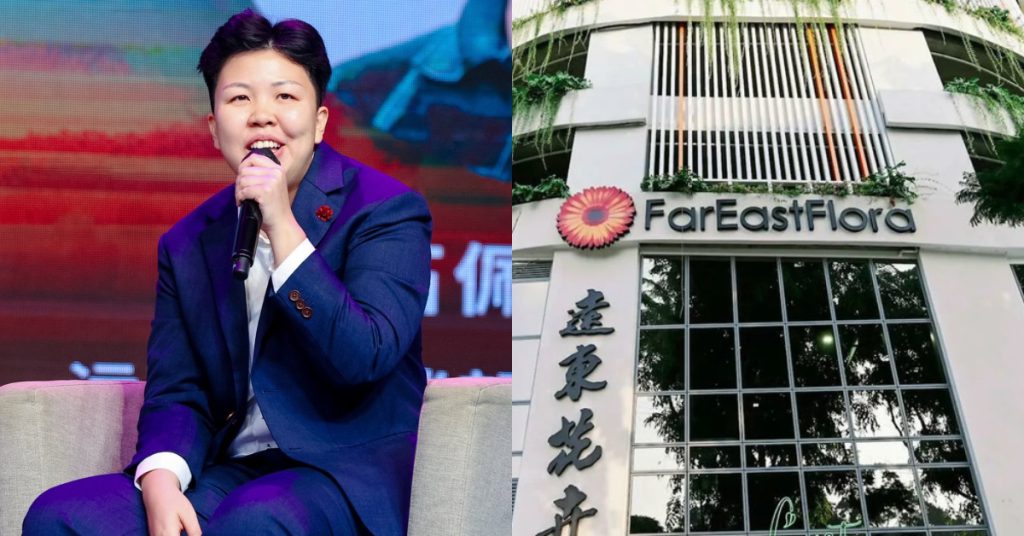
It’s been 60 years since Far East Flora first started as a modest family venture. Founded by Danny Cheok and his two brothers, the company’s roots trace back to their early days selling fresh flowers and eggs from a small van across Singapore. In 1965, they officially established Far East Flora, which gradually evolved into […]
Scientex is making homeownership accessible for more M’sians with its 11,000 acres of land

[This is a sponsored article written in collaboration with Scientex Berhad.] Regardless of which generation you belong to, homeownership is a milestone that’s tied closely to personal growth, family building, and financial stability. Yet with rising land costs and urban crowding, many Malaysians are finding it harder to afford renting, let alone owning a home […]
Can anonymous online dating work without pictures? This blind matching bot & app has 13k+ users

“Is there something wrong with me?” That was the question that haunted Alyssa Chua growing up, when feelings of isolation made her turn to books for comfort and answers. Through reading, Alyssa picked up skills, such as the ability to vocalise gratitude and ways of showing appreciation, that helped her connect with others. She soon […]
This S’pore biz turned vending smart with vendcafes—now 500+ machines serve hot meals & coffee
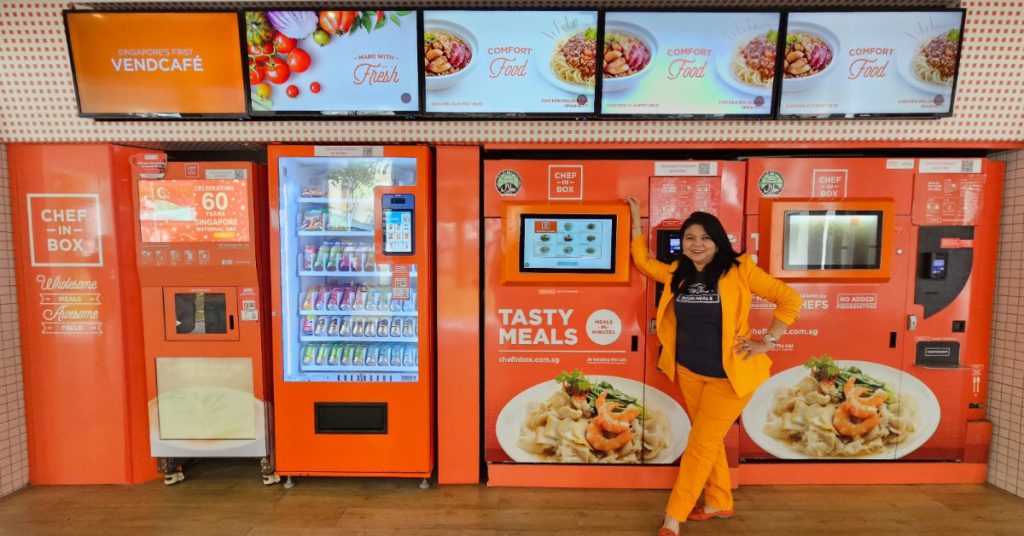
Vending machines are ubiquitous in Singapore today, dispensing drinks, snacks, newspapers, and now even cars. However, the landscape was not this vibrant from the start. Before Chef-in-Box entered the scene in 2008, vending machines here rarely offered more than quick bites, and certainly not full hot meals—that meant limited options for late-night diners. However, Chef-in-Box […]
Mediacorp lays off 93 employees, cites rapidly evolving media landscape & economic uncertainty

Mediacorp is laying off 93 employees, or slightly over 3% of its total staff strength, to adapt to “the rapidly evolving media landscape and to better align its operations amid the prevailing economic and commercial uncertainty.” The company did not detail the departments affected by the retrenchment, but shared that it was an organisation-wide exercise, according […]
The Prive Group abruptly shuts all restaurants in S’pore, joins 1.7K+ F&B closures in 2025
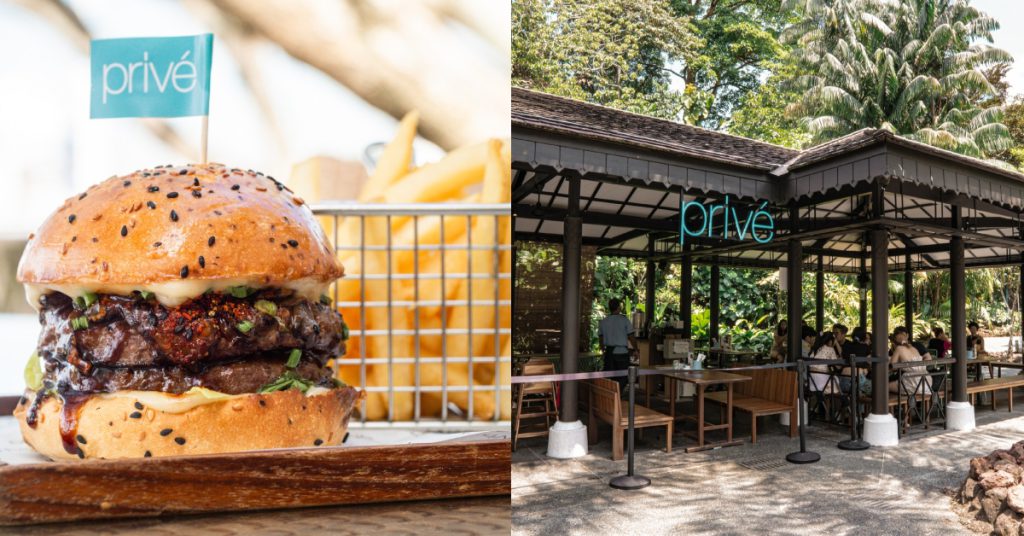
Singaporean F&B collective The Prive Group has closed all its restaurants in the city-state, with all operations ceasing on Aug 31. In a message to its suppliers, the group said: “We will be appointing a professional independent financial advisor who will contact you in due course.” “Please note that any next steps will be handled […]
From a handful of orders to thousands: How fnp.sg became a go-to platform for gifting in S’pore
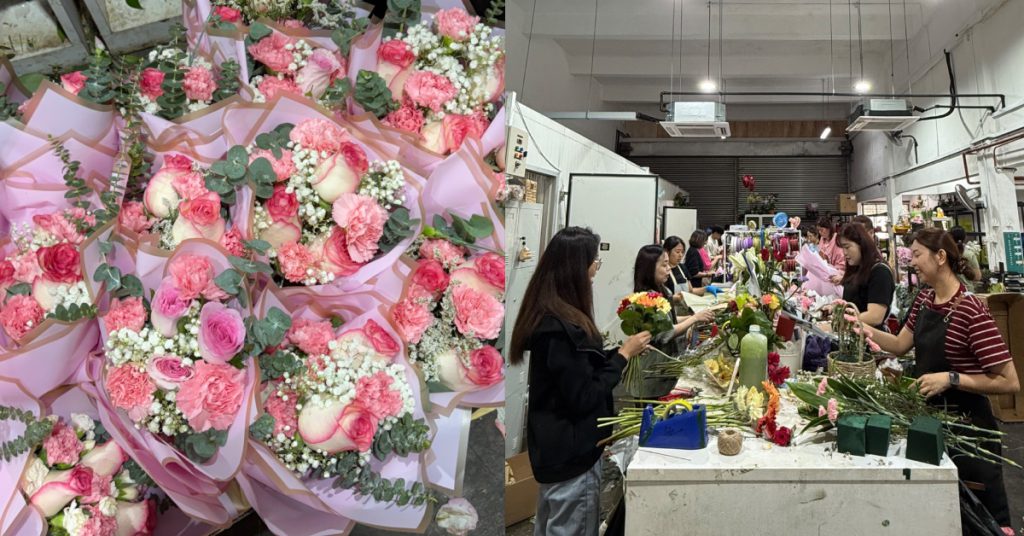
[Written in partnership with fnp.sg, but the editorial team had full control over the content.] If you’ve ever received a bouquet for a birthday, anniversary, or just because, chances are fnp.sg has had a hand in it. Known for its convenience and wide range of offerings, the brand has carved out a reputation as one of […]
She gave up pharma sales job at 24 Y/O to start S’pore’s first Sanrio-licensed macaron bakery

At Sugarsmith, macarons aren’t just dainty French confections anymore, they’re transformed into miniature works of art. Hand-piped and meticulously crafted, the brand’s confections feature cute character designs and inventive flavours, captivating both children and adults alike. Sugarsmith also happens to be the first and only macaron bakery in Singapore officially licensed by Sanrio, allowing it […]
SBF: More Singapore companies to freeze wages, halt hiring amid worsening 12 month outlook

Disclaimer: Unless otherwise stated, any opinions expressed below belong solely to the author. Singapore Business Federation released its quarterly business sentiment survey yesterday (Aug 28) and it shows caution setting in the local economy. While views on Donald Trump’s disruptive tariffs have improved since Apr, with 59% of participating companies signalling negative exposure vs. 81% in Q1, […]
S’pore job postings suffer the biggest drop in 2 yrs. Here are the most affected occupations.

Disclaimer: Unless otherwise stated, any opinions expressed below belong solely to the author. One of the largest job listing portals, Indeed, has just published its latest monthly update using its own data on thousands of job offers in Singapore—and it’s a mix of good and bad news. Let’s start with the negatives: Jul 2025 saw […]
ID in charge of designing influencer Nicole Liel’s BTO responds to claims of “nightmare reno experience”

In a series of videos on TikTok and Instagram, Singaporean influencer Nicole Chen (better known online as @lielnicole) shared her “nightmare experience” working with Studio Siris, a local boutique interior design studio, on the renovation of her BTO flat in Yishun. According to Nicole, multiple issues surfaced during the renovation, from mismeasured fittings such as […]
These 2 startups show how M’sians can turn real impact into businesses with SEEd.Lab’s help
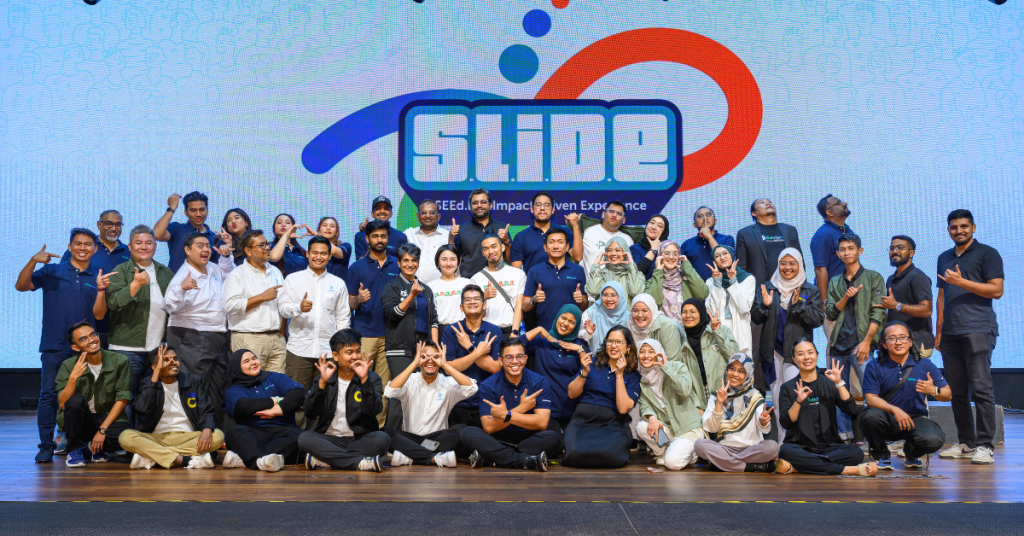
[This is a sponsored article written in collaboration with SEEd.Lab.] When fish farmers in Malaysia were struggling with wasted feed and low profits, Rafiq Razali saw an opportunity. Today, his startup AquFish is helping them cut costs by 20%, and just won an international innovation award in the process. He’s not alone. Another founder, Maizatul […]
The future of health in Malaysia is proactive, personalised & preventive. Here’s why.
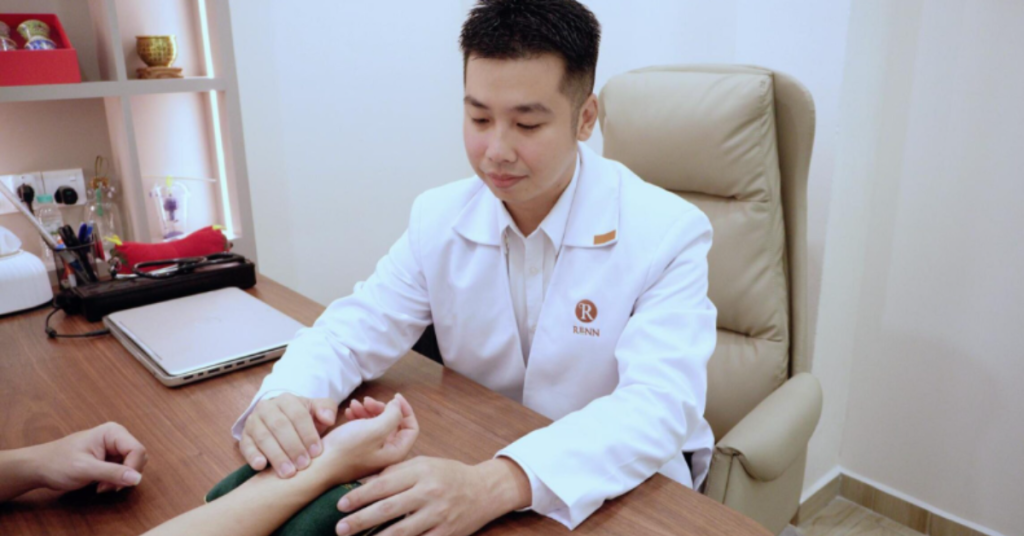
[Written in partnership with RENN Asia Wellness, but the editorial team had full control over the content.] Have you noticed that the wellness industry in Malaysia has been getting crowded? Supplement brands seem to be everywhere. More and more boutique gyms and fitness centres are popping up, too. People are investing into wellness, from large-scale […]

